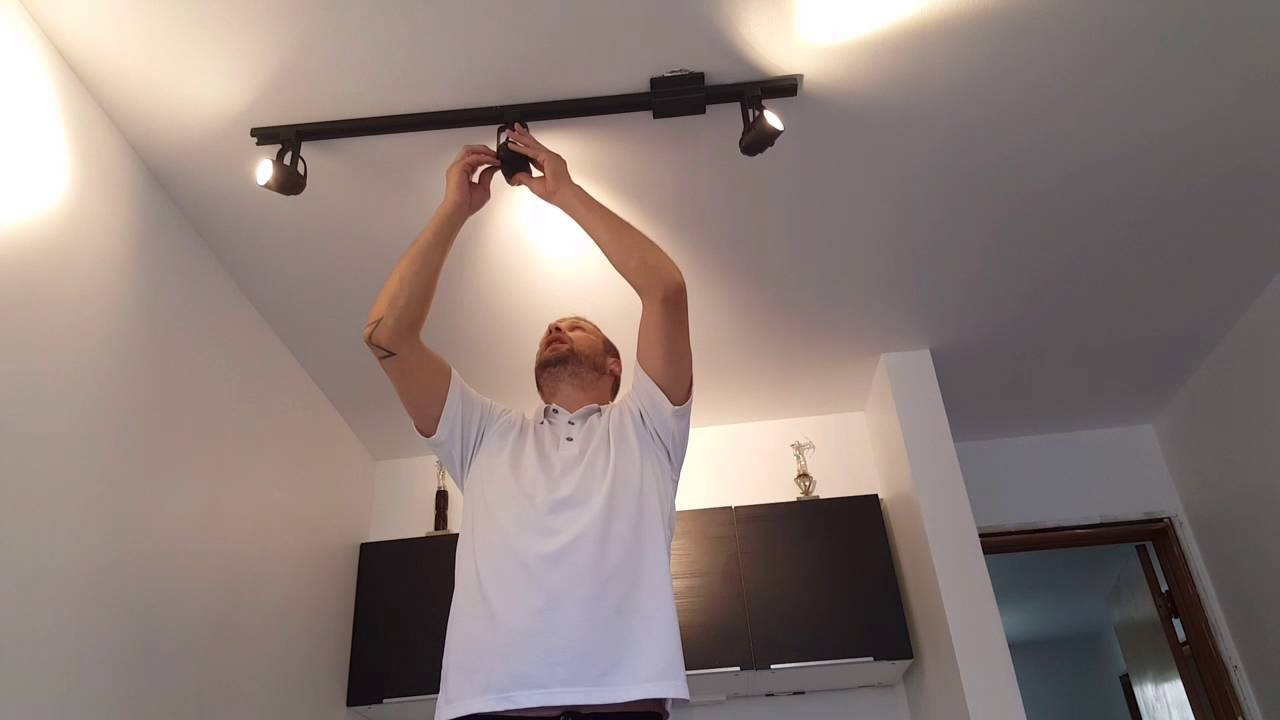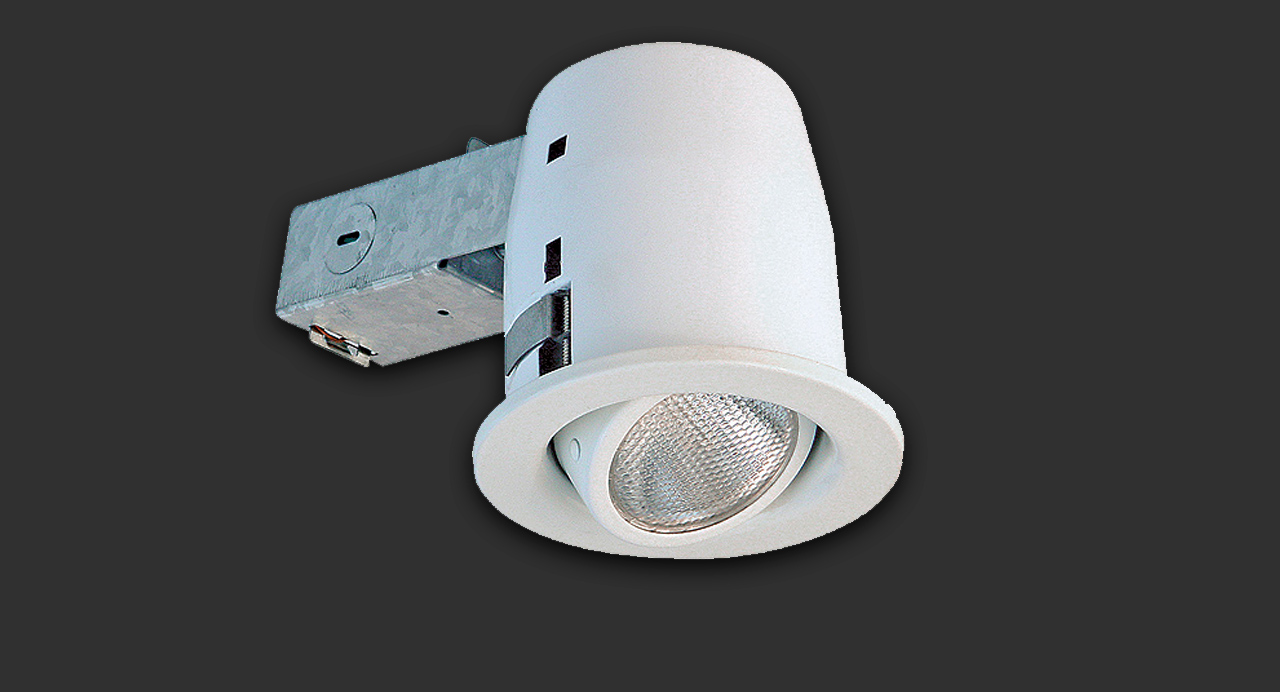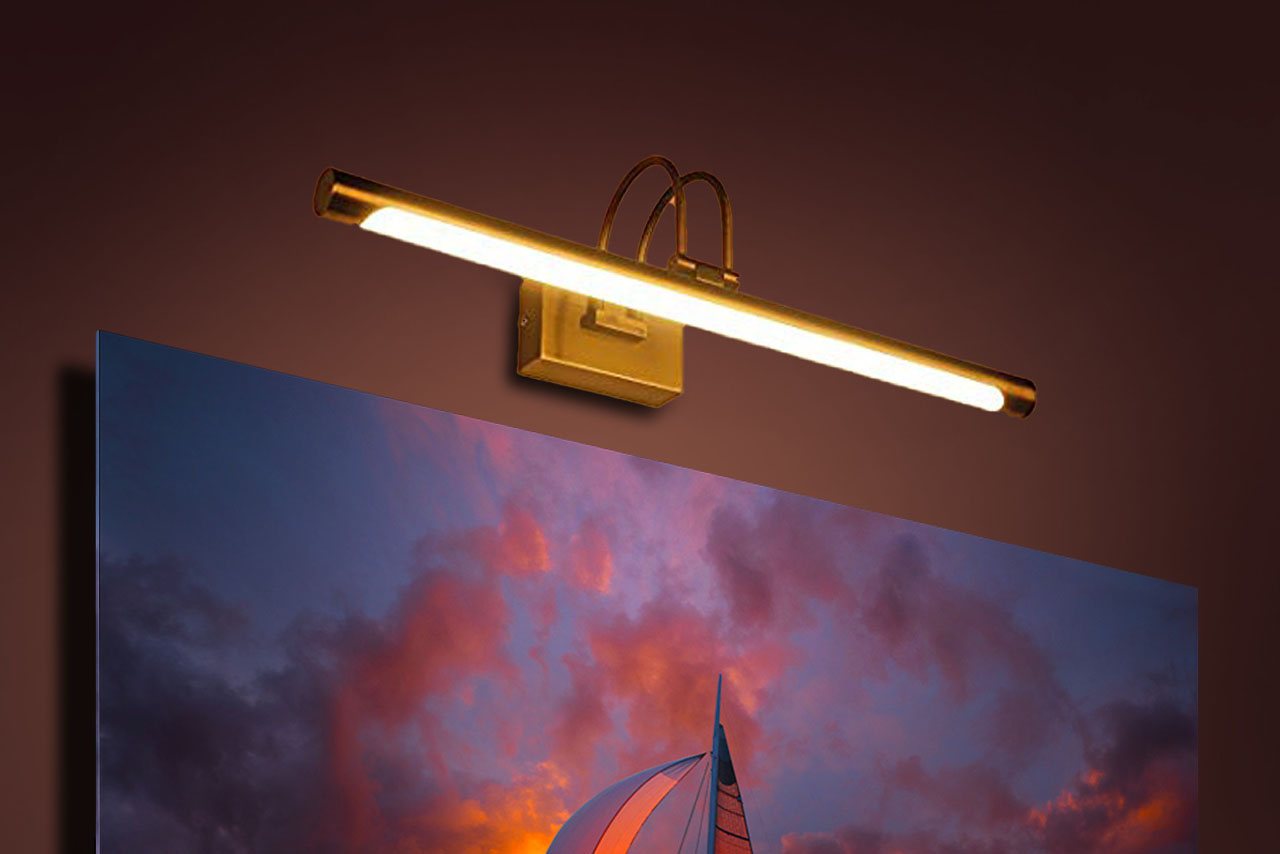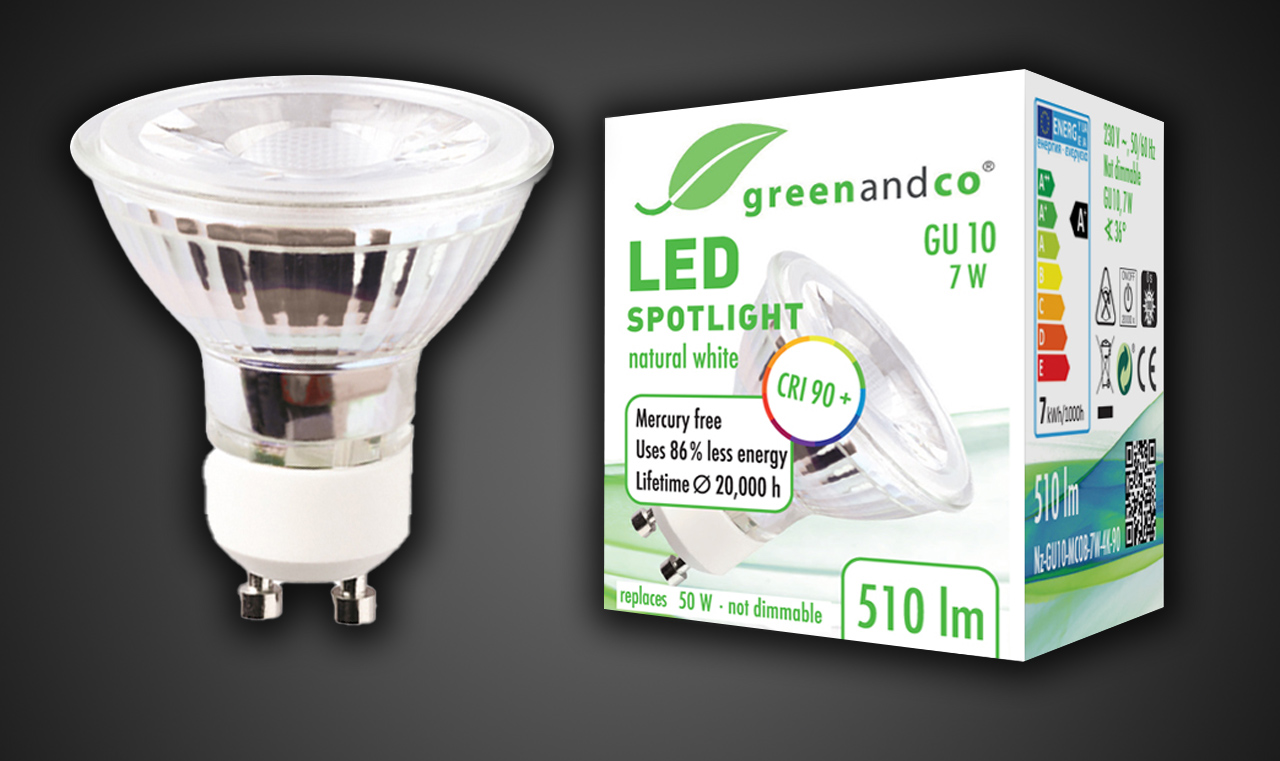-
Tips for Lighting Art: How to Light Artwork in Your Home
In this article I will discuss how to properly light the acrylic mounted prints and any other artwork in your home.
We buy works of art, unable to resist the emotions that they awaken in us. But it so happens that after placing a picture in our home, we are surprised - where did the charm go? It is all about the lighting. The right lighting can dramatically transform our perception of the art piece. Whether used for an elaborate display or just a soft and subtle highlight, lighting is meant to place your art at center stage. With proper lighting techniques, your artwork can be admired safely for years to come. This is especially true for metallic prints. One of the most important factors to keep in mind when designing your lighting arrangement is the acrylic's glossy nature. The number one consideration is the light source angle. The light source should be set up at such an angle that it does not reflect directly into the viewer's eye and doesn't create unnecessary glare.
If there is an overhead light fixture, perfect! One, two or three head track light is the best type of fixture as it would allow you to simply point the head toward the picture and this is it!

Recessed light is the second best option. Majority of pot lights in American households are stationery and can't be pointed. But those are easily replaceable with the swivel type. For rooms with lower ceilings - 8 to 9 feet you can use standard halogen heads. The relatively wide beam won't spread too far before reaching the picture.

Here is a short video illustrating how easy it is to retrofit your existing can lights to swivel type.

To get better control over your lighting scene your best bet is to use focusable LED swivel lights. This type of lighting allows you to make sure that 100% of the light spot is focused on the picture with minimum spill-over . These lights are usually more expensive than traditional light bulbs but they are totally worth it.

Swapping existing fixtures is quite easy and often you can do it without hiring a professional.

Light temperature does matter. I usually prefer warmer tones as they fit closer to the traditional halogen light sources.

Do not place lamps with incandescent (including halogen) lamps too close to the artwork. To enjoy your art for many years, place halogen lights at a safe distance to avoid heating the artwork. You can simply place your hand between the light and the picture. If you feel the heat, the picture will too and with time such lighting may cause discoloration in particularly hard-hit areas.
Even though halogen lights are best for artwork illumination, LED lighting is gaining more and more popularity as the manufacturers get better at mastering color temperature, dimming ability and energy-saving features. The last resort in the absence of ceiling light fixtures is the dedicated over-the-picture sources like the one shown below.
To conclude lets summarize the most important takeaways:
- In general, lighting for artwork should be three times brighter than the rest of the room's lighting. This can be achieved by using the appropriate intensity or ambiance.
- To ensure the artwork's colors are portrayed accurately, seek out high CRI (Color Rendering Index) percentages in your lights. The closer they are to 100 percent, the more vibrant the colors will appear. Consider the following options when lighting artwork.

- LED: LEDs boast a long lifespan and give off little ultraviolet radiation and heat. They are a good option if there is little space available between the art and the light source. They are available in warm and cool color temperatures.
- Halogen: Halogen lights cast a cooler tone but generate higher levels of heat. Keep them at a safe distance from the artwork and consider UV filters.
- Incandescent: Incandescent lights cast a comforting warm glow. That being said, traditional incandescent lighting should be avoided since it displays too much warm light. They are also comparatively inefficient when compared to LEDs.
- Avoid displaying artwork in direct sunlight.
- Don't allow light to directly face artwork
- Avoid fluorescent lighting
Properly selected picture lighting creates high-quality scene without glare and shadows. A work of art in your home will sparkle with all its colors and will amaze viewers again and again.
Feel free to ask if you need help with the lighting and often I'd be able to offer you an affordable solution.
Alexander Gubski Fine Art Landscape Photography
